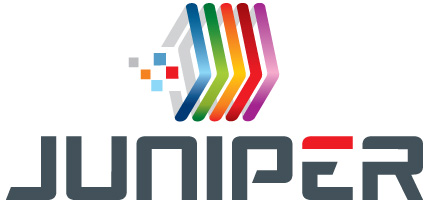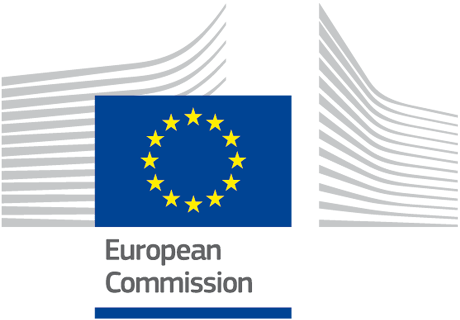Pisa, Italy
Workshop on Real-Time Scheduling in the Linux Kernel
Downloads
This page explains how you can
- Install a Xubuntu Live system (modified to use SCHED_DEADLINE) on a USB key
- Setup a basic workspace where experimenting with SCHED_DEADLINE
Download and Install the live system
You can download the live image from here. If you are working in a terminal instead get it with
It is recommended to use a USB flash drive of at least 8GB to host both the live system and the workspace. However, different configuration may work as well (e.g., small USB key to host just the live system and HD partition for the workspace).
Two partitions has to be created in the flash drive. First one (2GB) will host the live system, second one the workspace. You should end up with a situation like this:
Disk /dev/sdd: 16.0 GB, 16043212800 bytes
45 heads, 34 sectors/track, 20480 cylinders, total 31334400 sectors
Units = sectors of 1 * 512 = 512 bytes
Sector size (logical/physical): 512 bytes / 512 bytes
I/O size (minimum/optimal): 512 bytes / 512 bytes
Disk identifier: 0x0008f1bf
Device Boot Start End Blocks Id System
/dev/sdd1 * 2048 6332415 3165184 c W95 FAT32 (LBA)
/dev/sdd2 6332416 31334399 12500992 83 Linux
The live system can be now installed on first partition with automated tools, like usb-creator-gtk, or other means. You can also use the mk_live_usb.sh script (!!!AT YOUR OWN RISK!!!), doing something like this:
Once installation has finished, shutdown the system and boot from the USB key.
You can also do all this and what follow in a single step! But you have to meet some dependencies.
git clone https://github.com/jlelli/rts-like-workshop.git
cd rts-like-workshop
sudo ./mk_live_usb.sh -d /dev/sdd -e -f -i ./xubuntu-14.04-dl.iso -I -w
This will also setup the workspace.
Configure the workspace
Once you booted into the live system you have to mount and setup the workspace. If you partitioned your USB key as above, open a terminal and do:
cd /media/workshop
This will mount the second partition at /media/workshop and cd into it.
A bootstrap environment is provided in a github repo. You can clone it, cd into it and start the bootstrapping. This last step will require some amount of time, depending on your network and CPU speed. In my case, very fast network and an Intel i7 quad-core machine, it took about 15 minutes.
cd rts-like-workshop
#setup configuration parameters
vim config_params.sh
#get sources, configure and compile them
./setup_workspace.sh -dcC
You are now ready to follow the hands-on sessions. Yay!!!


